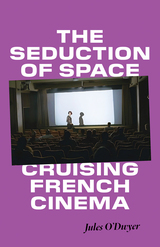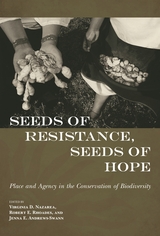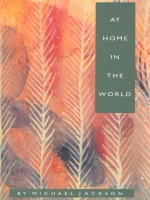
Something of a nomad himself, having lived in New Zealand, Sierra Leone, England, France, Australia, and the United States, Jackson is deft at capturing the ambiguities of home as a lived experience among the Warlpiri. Blending narrative ethnography, empirical research, philosophy, and poetry, he focuses on the existential meaning of being at home in the world. Here home becomes a metaphor for the intimate relationship between the part of the world a person calls "self" and the part of the world called "other." To speak of "at-homeness," Jackson suggests, implies that people everywhere try to strike a balance between closure and openness, between acting and being acted upon, between acquiescing in the given and choosing their own fate. His book is an exhilarating journey into this existential struggle, responsive at every turn to the political questions of equity and justice that such a struggle entails.
A moving depiction of an aboriginal culture at once at home and in exile, and a personal meditation on the practice of ethnography and the meaning of home in our increasingly rootless age, At Home in the World is a timely reflection on how, in defining home, we continue to define ourselves.
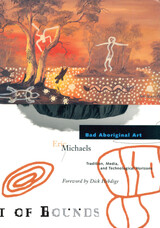
Bad Aboriginal Art is the extraordinary account of Eric Michaels’ period of residence and work with the Warlpiri Aborigines of western Central Australia, where he studied the impact of television on remote Aboriginal communities.
Sharp, exact, and unrelentingly honest, Michaels records with an extraordinary combination of distance and immersion the intervention of technology into a remote Aboriginal community and that community’s forays into the technology of broadcasting. Michaels’s analyses in Bad Aboriginal Art will disrupt and redirect current debates surrounding the theory and practice of anthropology, ethnography, film and video making, communications policy, and media studies - no less than his work has already disrupted and redirected the cultural technologies of both the Warlpiri and Australian technocrats.
In the heart of Australia, on the cracked red earth, among wild vegetation, weathered bush, and dried-up creeks, hundreds of invisible pathways exist that become entangled on the earth's surface, underground, and in the sky, clouds, and wind. The Aboriginal people call them Jukurrpa: “the Dreamings.” This web is the Warlpiri land. Practicing the Dreaming, by ritual art, is for the Warlpiri a way to reactivate their ancestral traditions to connect with the cosmos and respond to current social and political issues.
In 1979, anthropologist Barbara Glowczewski embarked on a journey to study the Warlpiri in the Australian outback. Struggling at once to maintain their traditions and cultural heritage as well as adapting to the continuing secularization and techno-progress of their European Australian counterparts, she takes us into the landscape, artistic rituals, and turmoil of the Warlpiri over three decades. Becoming accepted among Aboriginal families as a translator, and at the same time a negotiator of two vastly different visions of the earth, contemporary Western culture and the ancient indigenous dreaming culture, Glowczewski created a singular document of ethnological fieldwork and of self-transformation and discovery.
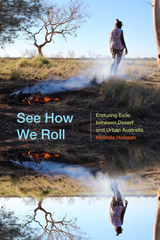
READERS
Browse our collection.
PUBLISHERS
See BiblioVault's publisher services.
STUDENT SERVICES
Files for college accessibility offices.
UChicago Accessibility Resources
home | accessibility | search | about | contact us
BiblioVault ® 2001 - 2025
The University of Chicago Press




